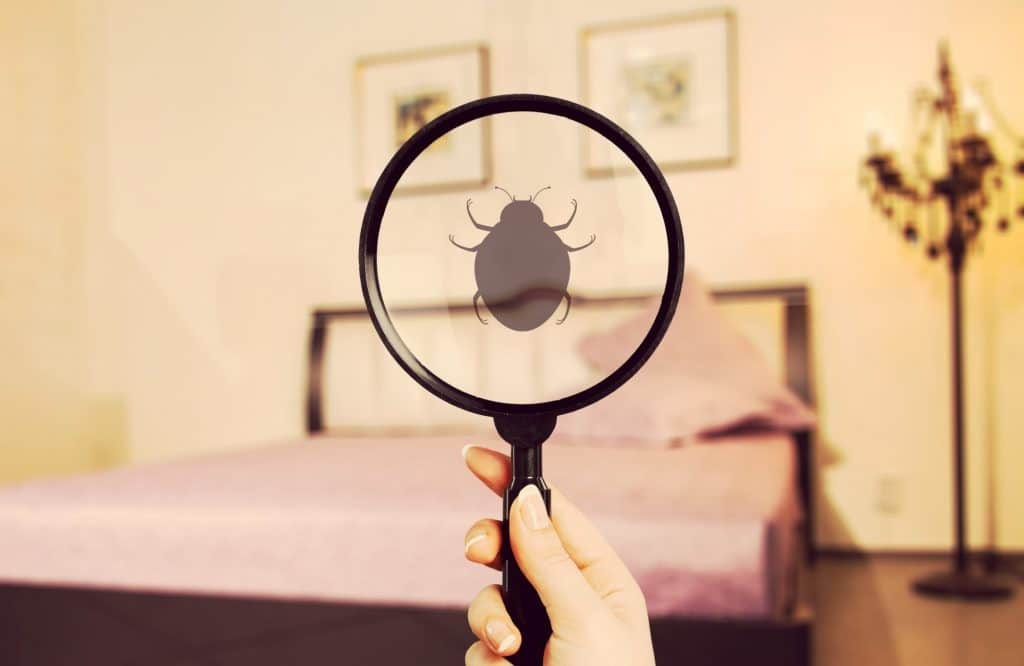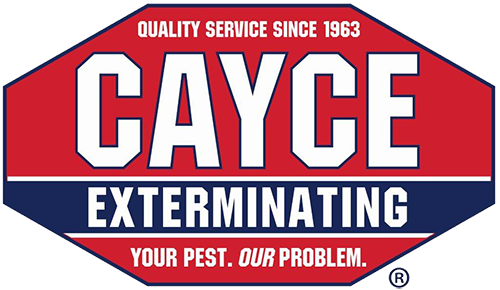The Common Types of Bed Bugs Found in Homes


Did you know that there has been a resurgence of bedbug infestations ever since 2000 due to how some bed bugs have become more resistant to certain insecticides? The thought of bugs living in your bed can make anyone’s skin crawl, but what most people don’t know is that there are actually several different types of bed bugs.
In this article, you’ll learn all about the different types of bed bugs as well as the common signs of bed bugs. By knowing you have a bed bug problem in the first place, the process of getting rid of bed bugs can be much easier. First, let’s take a look at a bed bug that you’ve most likely seen before: the common bed bug.
The Common Bed Bug
Some types of bed bugs are more common than others, and as the name of this one suggests, it’s quite common. The types of bed bugs you might discover mainly depends on what climate and country you live in, but the common bed bug is one of the most widely-spread types. The tricky thing with bed bugs is that many of their varying types tend to look similar.
More than that, bed bugs can look very similar to other types of pests such as fleas. More often than not, however, there are some small characteristics that bed bugs have that can distinguish them from each other and from other insect species. The interesting thing about the common bed bug is that it is not native to America.
Instead, it most likely arrived in America once more and more people started immigrating from other countries. Because of this, the common bed bug can now be found in beds all over the world. These bed bugs are very small and you might not even notice them at first if you’re not looking for them.
The common bed bugs are wide and flat with one curved side and one pointed side. They tend to be brown but they can also have hints of red and they are covered in many small hairs. They suck blood in the same manner as mosquitos, however, it’s not likely that you’ll fall victim to a bed bug’s bite during the day.
This is because bed bugs tend not to feed during the day. Instead, they get hungry at night when most people are asleep and produce a lot of carbon dioxide. Then, the bed bugs will strike and you might not even feel their bites since actually contain an anesthetic.
The Tropical Bed Bug
As the name suggests, this type of bed bug lives specifically in tropical areas. So, if you’re in a cold area, you likely won’t need to worry about these bed bugs (although you will still need to worry about the common bed bugs). You are unlikely to see any differences between the tropical and common bed bugs at first, but once you look closer, you will notice some unique characteristics.
For example, the tropical bed bug may be darker than the common bed bug. It may also have dark ridges running horizontally across its back. As for its size, the tropical bed bug tends to be just as small as the common bed bug, making it hard to find.
You will find the tropical bed bug more in South America and Africa than in any other area in the world. You might also find them in some of the warmer areas in Asia.
Some of the signs of bed bugs you might find (no matter what type of bed bug you’re dealing with) can be numerous. More likely than not, you will find drops of blood on your sheets from when the bugs bit you. You may also find small brownish stains which are most likely excrement from the bedbugs.
If you find these main signs and also detect an unpleasant and musty odor, you can be pretty certain that you’re dealing with bed bugs. This is because bed bugs contain glands that can produce this musty scent. You might also have bite marks on your body, which, of course, are dead giveaways of the presence of bed bugs.
Chimney Swift Bugs
You might have never heard of chimney swift bugs, and for a good reason. Chimney swift bugs are not true bed bugs but rather are only related to bed bugs. However, that doesn’t mean they can’t cause the same problems like bed bugs.
Chimney swift bugs tend to be the same size and color as bed bugs, except for significantly longer legs, but their behavior is quite different. For example, unlike bed bugs which only feed at night, chimney swift bugs are very active during the day. Another thing that makes them unique is that they don’t live in beds.
This is a good reason not to call them bed bugs in the traditional sense. Instead, these chimney swift bugs tend to live on the walls or ceilings. Again, since they are as small as bed bugs, they can be very difficult to see if you’re not paying attention.
Like bed bugs, they’ll bite you if they have the chance. However, you might be bit by chimney swift bugs more often since they are active throughout the day rather than only at night.
Types of Bed Bugs You Should Know About
If you made it to the end of this article, you should know about all the main types of bed bugs. Bed bugs can be very distasteful to have in your home, so if you ever find signs of bed bugs, don’t hesitate to contact pest control services.
To learn more, contact us here.
Do you have a pest problem?
If so, Cayce Exterminating is the best exterminator in Columbia SC! We offer home pest control and commercial pest control in Columbia SC, Cayce SC & Lexington SC. Family owned and operated for over 50 years.
You can trust that our family of highly trained professionals will provide fast service with 100% satisfaction guaranteed. Our technicians are licensed by the state of South Carolina to ensure your safety as well as ours. And we’ll always treat you like family – because that’s what you deserve!
Call us today at 803-796-2847 or visit our website to schedule an appointment online! Pest control columbia sc is something that pest exterminators can take care of, but it should be noted that pest extermination isn’t the only pest removal tactic available. In fact, pest extermination should always go hand-in-hand with pest prevention as a pest infestation can quickly become a major problem for your home.
Cayce Exterminating Company, Inc.
2229 Taylor Road
Cayce, SC 29033
803-796-2847
https://caycebugs.com/
Exterminator Columbia SC

